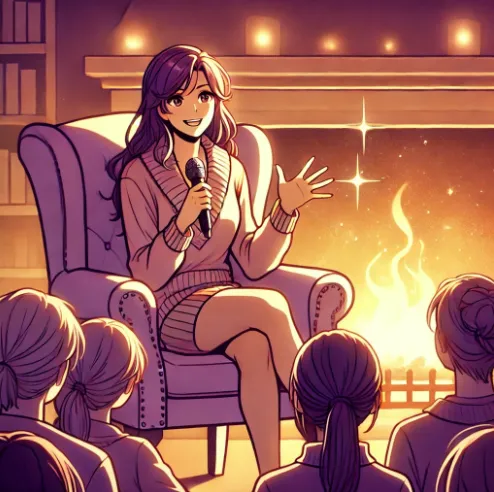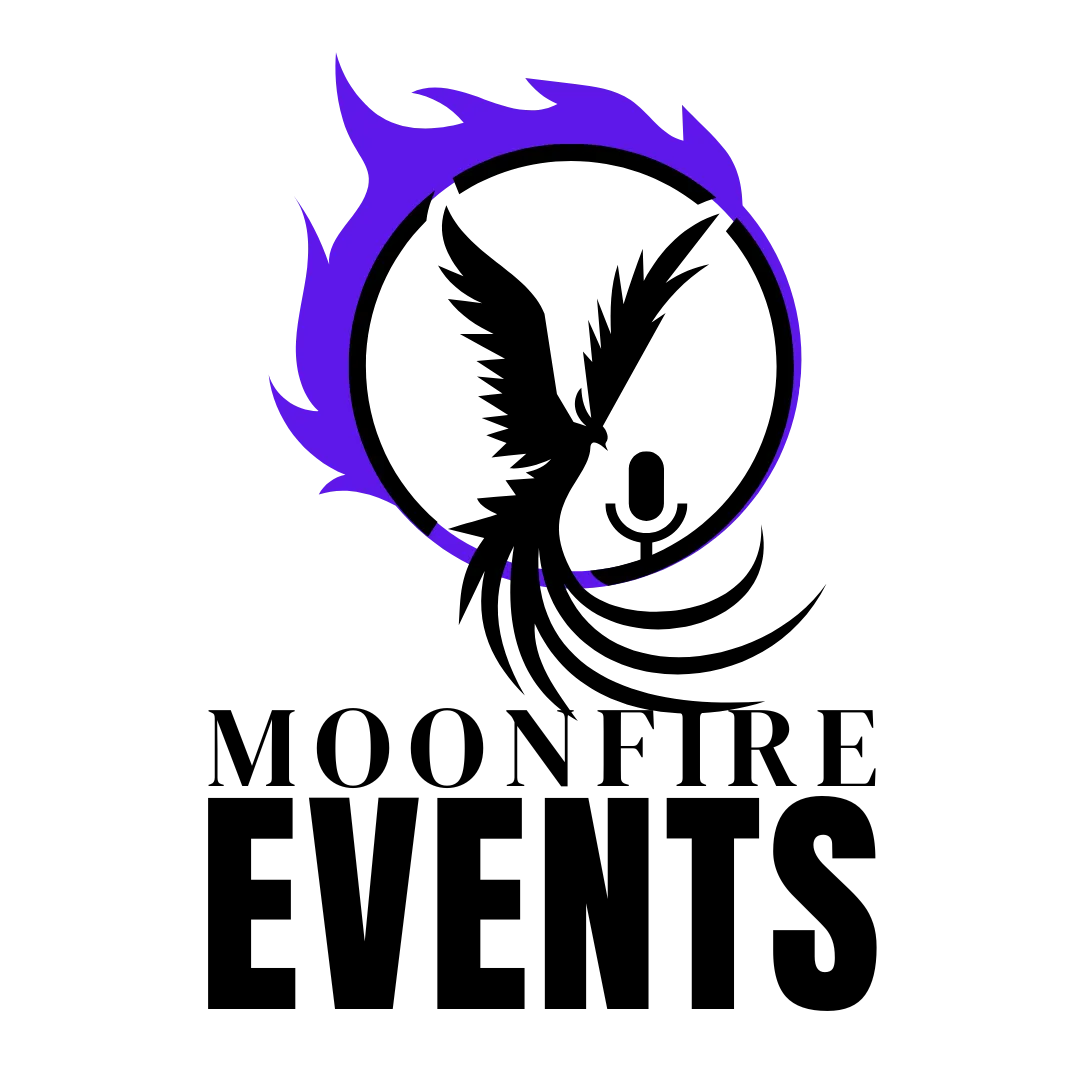
MoonFire Chronicles
Your ultimate resource for mastering live virtual events. Dive into a treasure trove of tips, tricks, and tactics designed to empower entrepreneurs. Whether you're just starting or looking to elevate your game, these articles are to help guide you every step of the way. Join us on this journey and unlock the magic of unforgettable events!

Why Storytelling Is the Secret to Engaging Virtual Events
Humans are wired for stories. It’s how we make sense of the world. From childhood bedtime tales to the movies we binge-watch, our brains don’t just like narratives--we crave them. Science even backs it up:
🧠 Stories activate more areas of the brain than plain facts do. When we hear dry information, only the language-processing part of our brain lights up. But when we hear a story? BOOM. The sensory, emotional, and decision-making parts of our brain all fire up--because we’re not just hearing the story, we’re experiencing it.
💡 Think about it: Ever cried over a fictional character? Felt inspired by a stranger’s success story? That’s the power of storytelling--it makes us feel something.
And for virtual events, this is a game-changer.
When you share a personal story, your audience isn’t just listening--they’re immersed in it. They see themselves in your struggle, feel your breakthrough, and trust you because you’ve been where they are. Suddenly, your event isn’t just another webinar--it’s a shared experience.
Let’s Compare Two Virtual Speakers:
🔹 Speaker A: Opens with, “Today, I’ll show you how to increase engagement in virtual events.”
🔹 Speaker B: Starts with, “I used to run virtual events where nobody showed up. Crickets. I was this close to giving up--until I figured out how to make my audience care. The secret? Storytelling.”
Who are you more likely to keep listening to? Exactly.
Because facts tell, but stories sell.
Your audience doesn’t need more information--they need something to connect to. So if your virtual events feel a little meh, don’t just throw in another PowerPoint slide. Tell a story.
Finding Your Signature Story: What Makes You Stand Out?
You don’t need a “rags to riches” tale to have a compelling story. No tragic backstory? No billionaire breakthrough? No problem.
The best stories aren’t about how dramatic they are--they’re about how relatable they are. Your audience doesn’t need a superhero; they need someone who’s been where they are and found a way forward.
Your signature story is already inside you. You just need to dig it up and shape it into something that clicks with your audience.
How to Uncover Your Best Stories
✅ Think about your struggles. What challenges did you face in your business, career, or personal growth that your audience might be dealing with too? Maybe it was your first failed launch. That moment when self-doubt almost made you quit. The time you tried something completely new--and bombed.
✅ Identify a turning point. Was there a lightbulb moment, a big decision, or even a tiny shift that changed everything? Sometimes breakthroughs come in dramatic waves, but most of the time, they come in quiet moments of realization.
✅ Find the lesson. What’s the takeaway that can inspire or help your audience? What did that experience teach you that they can apply to their own journey?
💡 Pro Tip: Grab a notebook (or your Notes app) and write down three defining moments that shaped how you show up in your business today. These could be:
Failures that forced you to pivot.
Unexpected wins that changed your confidence.
Personal growth moments that made you a better leader, coach, or creator.
Example:
A coach who once struggled with imposter syndrome could share:
"I used to feel like a fraud every time I hit ‘Go Live.’ Who was I to be teaching this? I’d stare at the camera, overanalyzing every word, wondering if people could tell I was nervous. Then one day, a client told me, ‘You don’t need to be perfect--you just need to be two steps ahead of me.’ That changed everything. I stopped trying to be ‘the expert’ and started showing up as the guide. And now, I help other entrepreneurs find their confidence on camera.”
See how that story builds connection and trust? It’s real, personal, and instantly relatable.
Now, think about your story. What’s something you’ve struggled with that your audience is struggling with right now? That’s where your most powerful story lives.
The Hero’s Journey Framework: Structuring Your Story for Impact
The Hero’s Journey Framework: Structuring Your Story for Impact
A great story isn’t just a random series of events--it follows a structure. Without structure, a story can feel messy, rambling, or forgettable. But when you shape it with intention, it becomes engaging, emotional, and memorable.
One of the most powerful storytelling frameworks (used in everything from blockbuster movies to viral TED Talks) is The Hero’s Journey.
Now, before you think, “Isn’t that the plot of every superhero movie?”--yes. But that’s exactly why it works. Whether it’s Frodo leaving the Shire, Rocky stepping into the ring, or YOU figuring out how to host high-engagement virtual events, the structure stays the same. And it’s powerful because it taps into how our brains naturally process stories.
Here’s how to use it for your virtual events:
1️⃣ Before: Set the Stage
What was the problem or struggle? Give us a before picture that makes people think, “Oh wow, I’ve been there.”
👉 Maybe you were hosting virtual events where no one showed up.
👉 Maybe your engagement was flatter than a day-old soda.
👉 Maybe you were so nervous to speak on camera that you avoided it altogether.
Your audience needs to see where you started, so they feel connected to your journey.
2️⃣ The Shift: What Changed?
This is the turning point--the moment when something clicked, shifted, or forced you to see things differently.
Did you have a big realization?
Did a mentor say something that changed your mindset?
Did you try something new--and it actually worked?
This is where your audience leans in because they want to know: What was the breakthrough?
3️⃣ After: The Transformation + Takeaway
How did you overcome the struggle? What’s the lesson your audience can apply to their journey?
This isn’t about being the hero; it’s about showing them that if you figured it out, they can too.
Example:
Before: I used to spend hours planning live events, only to have low attendance and zero engagement. I poured my heart into presentations, but it felt like I was talking into the void.
The Shift: I realized that people don’t connect with presentations; they connect with people. So, I started sharing personal stories--real moments of struggle, lessons, and even the embarrassing failures. Suddenly, my audience showed up and engaged.
After: Now, my virtual events are interactive, impactful, and high-converting. And the best part? I teach others how to do the same--without the overwhelm.
💡 Try This: Before your next event, outline your hero’s journey in three bullet points. Keep it tight, relatable, and focused on your audience’s transformation.
Because at the end of the day, your audience isn’t just listening to YOUR story--they’re seeing what’s possible for THEM.
Using Storytelling to Hook Your Audience at the Start
The first 30 seconds of your virtual event matter--A LOT.
Why? Because your audience is one click away from checking their email, scrolling Instagram, or mentally drafting their grocery list. If you don’t grab their attention immediately, you lose them.
💡 Think about it: When you’re watching Netflix and the first scene of a show is boring, do you stick with it? Or do you back out and find something else?
Your audience is the same. If you start your event with a slow, predictable, information-heavy intro, they’ll mentally check out before you even get to the good stuff.
How to Instantly Hook Your Audience
Instead of a generic, yawn-inducing opening like this:
❌ “Welcome! Today, I’m going to teach you XYZ.”
Try something that sparks curiosity and makes them lean in:
✅ “I want to tell you about the time my first webinar had only three attendees, and two of them were my family.”
Why does this work? Because storytelling creates an emotional connection. The moment you start sharing a personal experience, your audience is invested. They want to know: What happened next? What did you do? What can I learn from this?
📌 Practical Tips for a Strong Opening:
✔ Ask a question:
"Have you ever poured your heart into an event, only to have no one show up?"
(This makes your audience reflect on their own experience and feel instantly connected to you.)
✔ Paint a visual:
"Imagine spending weeks preparing a virtual event, and then… total silence. Not a single comment. Not a single question. Just you, talking into the void."
(This triggers an emotional reaction--your audience FEELS the frustration and wants to hear how you fixed it.)
✔ Make it personal:
"Let me tell you about the most embarrassing live event moment I ever had--and why it ended up being the best lesson of my career."
(A little vulnerability makes you relatable, and people love a redemption arc.)
The Key Takeaway?
The strongest openings make your audience feel something. Curiosity. Empathy. Excitement. Even a little suspense. Hook them first--then teach.
Because if you can make them care, they’ll stick around for the whole event.
Weaving Your Story Throughout the Event (Without Making It All About You)
Your story should support your message, not overshadow it. Storytelling is powerful, but let’s be real--no one signed up for your virtual event to hear your entire life saga.
The key is strategic storytelling--using personal experiences to illustrate your points while keeping the focus on your audience’s transformation.
How to Strike the Right Balance:
✅ Yes: “I struggled with X, but here’s what I learned that YOU can apply today.”
(This keeps your story relevant and valuable to your audience.)
❌ No: “Let me tell you my entire life story for 20 minutes before getting to the point.”
(This makes your audience wonder if they accidentally joined a personal memoir reading instead of a virtual event.)
💡 Think of storytelling like seasoning a dish. A little salt brings out the flavor; too much and you ruin the meal. Your personal stories should enhance the experience, not overpower it.
🔹 Engagement Hack: Turn Your Story Into a Conversation
After sharing a personal story, invite your audience to engage. Don’t just talk at them--get them involved!
Try this:
👉 “Has anyone else experienced something similar? Drop a ‘yes’ in the chat if you relate!”
This does two things:
✅ Keeps the event interactive. Your audience isn’t just listening--they’re participating.
✅ Makes your story resonate. People feel less alone when they see others share their experience.
Bonus Engagement Hack:
After sharing your story, flip it back to them with a question:
👉 “What’s one challenge you’ve faced in [your topic area]? Drop it in the chat--I want to hear your experiences too!”
This creates a two-way conversation instead of a one-sided monologue. And when people feel seen and heard, they stay engaged.
How to Make Your Story Sell Without Feeling Salesy
Storytelling is a natural way to sell--without sounding like you’re pitching. Because let’s be honest, no one loves being sold to… but everyone loves a good story.
The trick? Instead of forcing an offer, frame it as the next logical step in your audience’s journey. When done right, your audience won’t feel like you’re selling them something--they’ll feel like you’re showing them the door to the transformation they already want.
🚫 What NOT to Do: The Salesy, Pushy Approach
"I have a program that teaches this. You should buy it now."
(Yikes. Feels like an infomercial, right? No connection, no context, just a demand.)
🔥 What TO Do: The Story-Based, Effortless Approach
"This strategy completely changed my business. I went from struggling with engagement to hosting sold-out events. And now, I teach this exact method inside my program for those who want to implement it faster."
See the difference? No pressure--just an invitation.
💡 Another Example:
Instead of saying:
"My coaching program helps entrepreneurs grow their businesses. Sign up today!"
Try this:
"I remember the exact moment I almost quit. I was working long hours, posting constantly, and getting… crickets. Nothing was working. Then I discovered [strategy], and everything shifted. Now, I help other entrepreneurs skip the struggle and get straight to results. If you’re ready to stop spinning your wheels, let’s do this together."
This works because:
✅ It creates an emotional connection. (Your audience sees themselves in your struggle.)
✅ It shifts the focus to THEM. (They realize this solution could work for them too.)
✅ It removes pressure. (You’re not forcing a sale--you’re simply showing the path forward.)
🚀 Pro Tip: End with a Soft, Clear CTA
Once you’ve told the story, give your audience an easy next step:
👉 “If you’re ready to fast-track your results, let’s chat. I’d love to help.”
👉 “I teach this entire process inside [program name]. If this resonated, come join us.”
Selling shouldn’t feel like selling. It should feel like helping. And when you lead with your story, your audience won’t just listen--they’ll take action.
Conclusion: Your Challenge & Call to Action
Your personal story isn’t just something nice to share--it’s your most powerful tool for connection, engagement, and even sales. It’s what makes your audience lean in, relate, and remember you.
But here’s the thing: It only works if you use it.
🔥 Your Challenge:
Before your next live event, write down a short personal story to open with.
📌 Share a moment of struggle, a breakthrough, or a lesson learned.
📌 Make it real, relatable, and relevant to your audience’s journey.
📌 Keep it tight and impactful--so it hooks them from the first 30 seconds.
Because when you tell your story with purpose, your audience doesn’t just listen--they see themselves in your journey. And that’s when real connection happens.
💡 Want more no-fluff, high-impact event strategies? Let’s connect on LinkedIn--I’m always dropping behind-the-scenes magic, storytelling tips, and audience engagement strategies over there.
🔗 Follow me here: LinkedIn
Now go share your story--the world is waiting for it. 🚀✨

